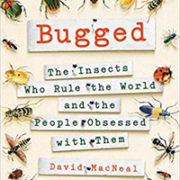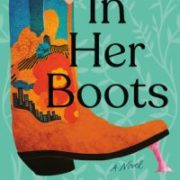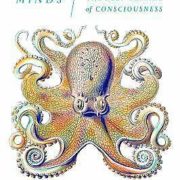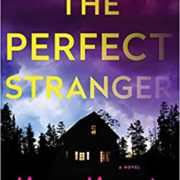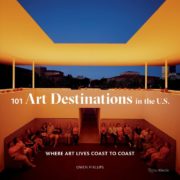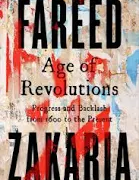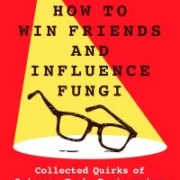The Puzzler: One Man’s Quest to Solve the Most Baffling Puzzles Ever, from Crosswords to Jigsaws to the Meaning of Life by J. A. Jacobs
In a Saturday New York Times crossword puzzle, the clue “A.J. ___________, author of The Know-It-All” was the greatest moment in the answer’s life. That is until his brother-in-law pointed out that it was the Saturday puzzle – the hardest one of the week with the most obscure clues. So maybe it wasn’t the greatest moment in Jacobs’ life but it was still pretty cool and it reignited his love of crosswords.
That love turned into a passion, not just for crosswords but all kinds of puzzles, and to the book “The Puzzler: One Man’s Quest to Solve the Most Baffling Puzzles Ever, from Crosswords to Jigsaws to the Meaning of Life”.
The author explores all kinds of puzzles beginning with crosswords. From interviewing The New York Times puzzle creator Peter Gordon to the surprisingly recent history of the form, Jacobs not only informs but challenges you with crosswords you can solve. The first wordcross (crossword), published in the New York World in 1913, is included. The puzzle quickly gained in popularity and was picked up by numerous publications. However The New York Times, now famed for their puzzles, considered the form too lowbrow and frivolous for publication.
As with most of the puzzle forms explored, an appendix is included to the chapter with puzzles for you to try (solutions are in the last part of the book). Also included are puzzles created for this title by Greg Pliska, founder of the Exaltation of Larks puzzle company. Twenty puzzles are included plus if you find the secret passcode in the introduction you can unlock more puzzles at thepuzzlebook.com.
The Rubik’s Cube and its 43 quintillion possible arrangements came along much later than the crossword, 1974. Jacobs’ parents bought him one but he didn’t get more than one side done. Determined to rectify this gap in his puzzle resume, he spends a Saturday determined to finish and 41 years after his first attempt he completes the cube. Of course Yusheng Du who can complete the puzzle in 3.47 seconds would not be impressed with Jacobs’ time.
Anagrams, rebuses, and all manner of word games are explored. Then it’s on to jigsaws. Jacobs admits he wasn’t a fan of this particular puzzle. During his research he discovered jigsaw fans included Bill Gates, Queen Elizabeth II, and Hugh Jackman. He also found the World Jigsaw Puzzle Championship. It was to be held in Spain with 40 countries represented, one of which was not the U.S. Thinking he would surely be turned down, Jacobs filled out the entry form. Alas, a day later he was confirmed as Team USA. Now he just needs 3 teammates and to actually finish a jigsaw puzzle.
He recruits his family and they begin training. It is satisfying to put pieces together and get that aha moment when things fit – when chaos becomes order. On the day of the competition they find themselves led to 1 of 86 tables which contains 4 unpublished 1000-2000 piece puzzles. They have 8 hours to complete all 4 puzzles. Team USA goal? Don’t finish last!
Mazes, math and logic puzzles have the author tackling puzzles that require you to think outside the box and sometimes to reverse your thinking to find a solution. Next is ciphers and secret codes. Jacobs was granted permission to enter the CIA headquarters to view a famous unsolved puzzle, Kryptos. Jim Sanborn was commissioned to create a sculpture for the expanded headquarters in 1988. The wavy wall of copper contains a secret message. It’s been over 30 years and Sanborn is still the only one with the solution.
Jacobs also covers visual puzzles (Where’s Waldo), Sudukos, KenKen and chess problems which includes an entertaining interview with Garry Kasparov. His coverage of Riddles starts with Alice in Wonderland as Lewis Carroll who was a big fan. He touches on historical riddles and riddles in other works of literature including the Book of Exeter. Created by monks the book is famous for having some really naughty riddles and for having no answer key.
Japanese puzzles boxes, cryptics, scavenger hunts (including the MIT Mystery Hunt) and infinite puzzles round out Jacobs puzzle journey. Along with those aha moments when a solution was found or 2 pieces fit, Jacobs found that we can all learn some lessons from puzzle solving.
This is a fun, informative read you’ll find on the New Nonfiction shelves in the lobby. Just one caveat – if you want to try solving any of the puzzles please make photocopies. We don’t one to deprive the next reader of their own aha moment.


